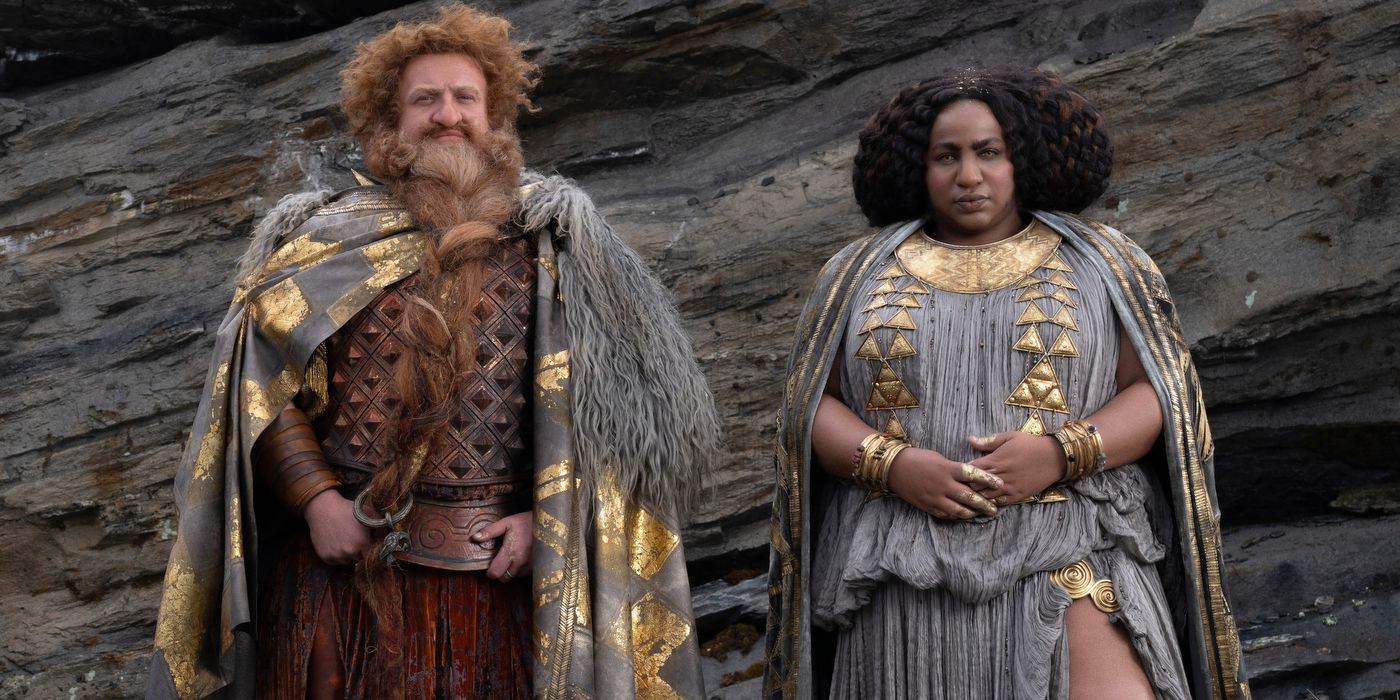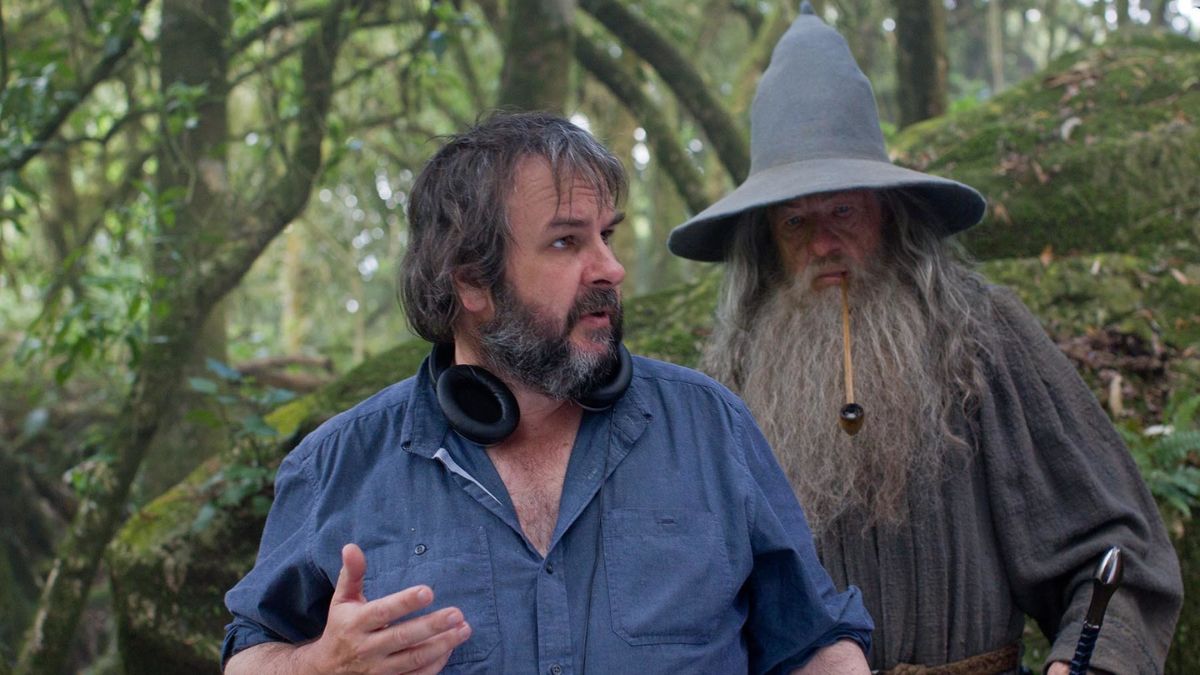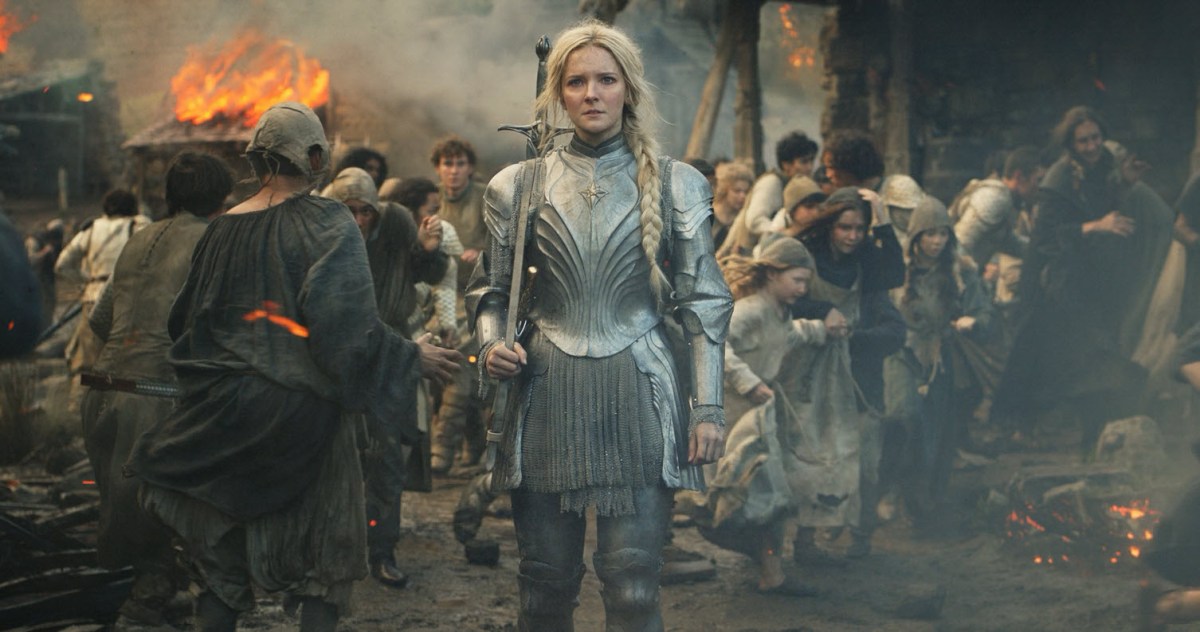It seems everyone has Lord of the Rings fever, as recent news announced Warner Bros. is going to be making even more movies set in Tolkien’s fantastical world. For many, this is an absolute joy but there are also those who will, once again, be apprehensive as to whether or not more of Tolkien‘s work will be butchered, as they believe was the case in Amazon’s Rings of Power series. What can Warner Bros. learn from the latest adaption as it moves forward?
Given that the deal brokered would see the movies made through Warner Bros. production company, New Line Cinema, we already know that they have a great deal of experience handling Lord of the Rings movies. New Line Cinema produced the original trilogy between 2001 and 2003, which are hailed as the greatest fantasy epics to have ever been made, with the final film, The Return of the King going on to win 10 Academy Awards including Best Picture.
The production company has also had its failing in this department as well, with the following Hobbit trilogy not garnering anywhere near as much acclaim. Die-hard fans generally deride it for its overuse of CGI compared to the practical effects utilized in the first trilogy, as well as adding stories and characters that were never in the books. When it comes to Tolkien’s work, stray from the source material at your own peril.
This is the lesson that Amazon is learning with their own Lord of the Rings series, The Rings of Power. Early on, the fact the streaming giant only had the rights to The Lord of the Rings and Hobbit books, as well as their appendices, brought up the question, how are you going to write about the second age of Middle Earth without the rights to The Silmarillion, Unfinished Tales, or The History of Middle-earth?

In an interview with Vanity Fair, the showrunners J.D. Payne and Patrick McKay said,
“There’s a version of everything we need for the Second Age in the books we have the rights to. As long as we’re painting within those lines and not egregiously contradicting something we don’t have the rights to, there’s a lot of leeway and room to dramatize and tell some of the best stories that (Tolkien) ever came up with.”
This dramatization, however, did not go down as well with hardcore Tolkien fans given that it completely deviated away from the source material. The use of Galadriel as their main character, though one can understand the reasoning behind it, contradicted a lot of what we know about her from the books leaving many to state that she was completely unrecognizable. Timelines and context were drastically altered as well, leaving many aficionados of Tolkien’s Middle Earth a little baffled as to what they were actually watching.
It’s too early yet to say if Amazon’s series has failed, though the mixed response to its first season wasn’t exactly encouraging, especially when you consider the price tag the show comes with. Though its viewing figures were impressive, and they garnered a decent enough score on Rotten Tomatoes, there seemed to be a fair bit of consensus from critics and fans alike that it was lacking in many ways. If Warner Bros. does want to tell more Middle Earth stories, they should ensure that they’re telling them as written by Tolkien as it seems that, unless the ink came from his pen, they don’t count.
As it stands, we know that Warner Bros. made a deal with the Swedish gaming company, Embracer Group, which owns the right to the films, video games, board games, merchandise, theme parks, and stage productions as well as “matching rights” to many of Tolkien’s literary works including The Silmarillion and The Unfinished Tales of Numenor and Middle Earth. With all of this at their disposal, they should be able to stay on track one would hope.
This being said, there are most definitely aspects of Amazon’s series that worked well and we hope to see more of them in future adaptions. Though this became one of the most controversial points of the whole show, we hope that diversity will continue to be encouraged in the casting. Despite what fanatics might whine about, the skin color of a mythical creature (or human) found in a fantasy land really has no bearing on the story or how it is being told, and before you start, no, Tolkien would not have cared.

Another thing that many fans enjoyed from the series was a more nuanced look at the various races of Middle Earth. The insight into the politics of the elves and the dwarves went down well with fans, even a closer look at the orcs was welcome. It allowed us a more in-depth and nuanced look into the characters which created some interesting dynamics at times such as that of Elrond and Durin IV, whose wholesome friendship fans adored.
One thing that no one can complain about was the visuals; they were in almost every instance stunning. Peter Jackson’s trilogy was already beautiful, but thanks to the leaps made in CGI technology as well as a return to the practical effects that were lost in The Hobbit, there were some truly glorious scenes on offer, from the sight of the Two Trees of Valinor to the eruption of Mount Doom, one of the most visually arresting moments of the entire series.
Right now, there is a lot we don’t know about the upcoming films. We know that Jackson has been consulted, though it doesn’t look like he will be back on board to direct. The director, along with his Lord of the Rings collaborators, Fran Walsh and Philippa Boyens, said in a statement to Variety, that Warner Bros. and Embracer Group, “have kept us in the loop every step of the way,” adding, “we look forward to speaking with them further to hear their vision for the franchise moving forward.”

We hope that by keeping the acclaimed director involved in some way, even if only as a consultant, they will be able to recapture the magic of the original trilogy that brought Middle Earth to an entirely new generation. Warner Bros. does stand in a good position given that they have a lot of prior adapted material to draw from, allowing them to cherry-pick what works and what doesn’t. So there really is no excuse now, is there?

